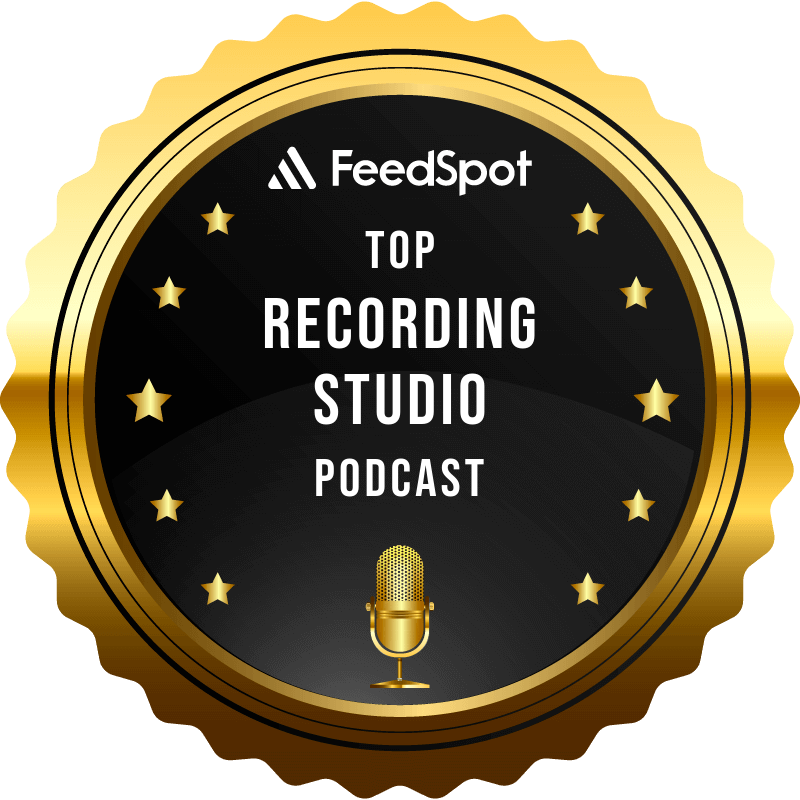Few hardware units have reached near-mythical status in the recording world like the TC2290 Digital Delay. In this episode of Inside the Recording Studio, Chris and Jody strap in for a deep dive into the TC2290—a piece of gear that not only redefined delay but also raised the bar for what a digital effects unit could do.
They begin with the history: how the TC2290 emerged in the mid-1980s and quickly earned its place in studios and on stages for its pristine sound, flexibility, and forward-thinking design. It wasn’t just another delay—it was a modular powerhouse, capable of everything from subtle repeats to lush, multi-layered soundscapes.
Chris and Jody then turn to the interface and modules. They explore how its iconic rack-mounted design and front-panel layout gave engineers incredible control. From modulation sections to routing options, the TC2290 provided features that were ahead of its time and are still revered today. They’ll break down what each module does, why it matters, and how it all comes together to form one of the most incredible-sounding hardware delays ever made.
You’ll also get insight into how the TC2290 compares to modern plugins and other digital emulations. Do today’s tools capture its essence? Or is there something about the hardware—its converters, its quirks, its workflow—that can’t quite be replicated?
As always, Chris and Jody bring a balance of technical expertise and real-world perspective. Expect actionable recording setup tips, stories about how they’ve used delay in their own productions, and a few laughs about the quirks of working with vintage gear.
If you’re curious about why the TC2290 still holds such weight in pro audio circles—or if you just love geeking out about hidden features in studio gear—this episode is your front-row seat to the legend.
******************************
Gear we used:
Jody’s Mic & Voice Chain: Telefunken C12 – Groove Tubes Vipre – Apollo – UA Neve 1073 – UA LA2A – UA Studer A800
Jody’s Channel Strip: iZotope RX Spectral DeNoise – iZotope RX Mouth DeClick – UA Neve 1073 – UA LA2A – UA 1176E
Chris’ Mic & Voice Chain: Slate ML1 – Apollo – UA – Slate VMR (FG12, FG73, API Eq, SSL 4kE) – iZotope RX Voice – DeNoise
Chris’ Channel Strip: Eventide Precision Time Align – iZotope RX Spectral DeNoise – iZotope RX Mouth DeClick – UA Neve 1073 – UA LA2A – UA 1176E
Master: Oek Sound Soothe 2 – iZotope Ozone Imager – iZotope Ozone Maximize.
******************************
If you want to collaborate, sponsor a podcast, donate, or want us to review your product – contact us at: collaborate@insidetherecordingstudio.com


